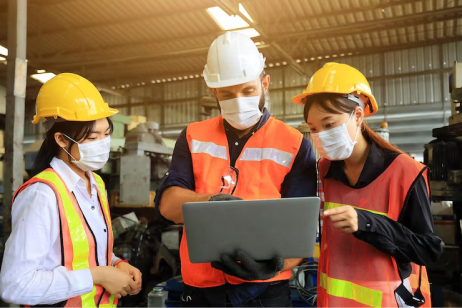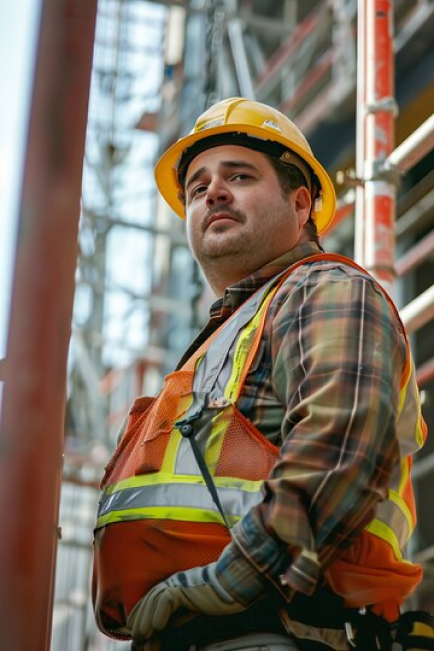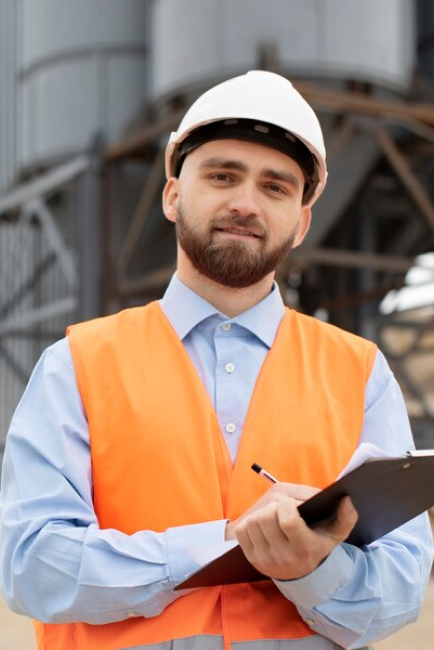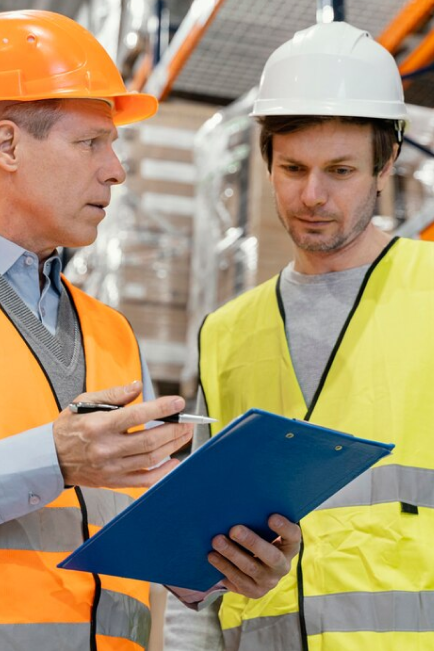Navigating Confined Space Safety: Mitigating Risks and Ensuring Workplace Compliance
- info@safetymastery.com
- +91 7200322134


Key Aspects of Confined Space Safety Protocols for Effective Hazard Management
Key Aspects of Confined Space Safety Protocols for Effective Hazard Management
Confined spaces present challenges and hazards that require special attention to ensure the safety of workers. Understanding the risks associated with confined spaces and implementing proper safety protocols are essential for preventing accidents and promoting a safe work environment. In this comprehensive guide, we explore the importance of confined space safety, key aspects of safety protocols, and best practices for managing confined spaces effectively to protect workers and maintain workplace compliance.

Safety International Diploma
- Ofqual Regulated Qualifications London, UK
- GradIOSH/CertIOSH status from IOSH, UK
- TSP status from BCSP, USA
- Gateway to MSC in UK universities
one or two years of qualification.
Get Courses Details
Get Courses Details
Safety Diploma
- Government-Endorsed National Safety Diploma Program
- Qualify for registration at the Employment Exchange
- Attestation by the Ministry of External Affairs for those wishing to move abroad
- Eligible for membership with MIIRSM (IIRSM membership at discretion)
- Approved by the Government of India
- Enhance your educational profile with an additional one or two years of qualification
Importance of Confined Space Safety:
- Hazard Recognition: Confined spaces may contain atmospheric hazards, limited access points, or other risks that can pose serious threats to workers. Proper safety protocols help identify and mitigate these hazards to prevent accidents
Worker Protection: Ensuring confined space safety is crucial for protecting workers who may need to enter or work in confined spaces as part of their job duties. Implementing safety measures is essential to safeguard their well-being.
Legal Compliance: Compliance with confined space regulations and standards is mandatory to meet workplace safety requirements and prevent regulatory violations. Adhering to safety protocols helps maintain legal compliance and avoid penalties.
- Emergency Response Preparedness: In the event of an emergency in a confined space, having proper safety protocols in place is critical for timely response, rescue operations, and ensuring the well-being of workers involved in the incident.

Key Aspects of Confined Space Safety Protocols:
- Hazard Assessment: Conducting a thorough assessment of confined spaces to identify potential hazards, such as toxic gases, lack of oxygen, or physical obstacles, is essential for implementing appropriate safety measures.
- Entry Procedures: Establishing clear entry procedures, including permit systems, safety checks, and communication protocols, ensures that workers enter confined spaces safely and are aware of potential risks.
Atmospheric Monitoring: Regularly monitoring the atmosphere within confined spaces for oxygen levels, flammable gases, and toxic substances helps detect hazards and maintain safe working conditions for employees.
- Ventilation Systems: Implementing effective ventilation systems in confined spaces to ensure proper air circulation and remove contaminants can help reduce the risk of atmospheric hazards.
Personal Protective Equipment (PPE): Providing workers with appropriate PPE, such as respirators, gas detectors, harnesses, and protective clothing, is essential for ensuring their safety while working in confined spaces.

Key Aspects of Confined Space Safety Protocols:
- Communication Protocols: Establishing communication procedures, including effective signaling methods, emergency alarms, and rescue protocols, helps maintain contact with workers in confined spaces and coordinate response efforts in case of emergencies
Training and Education: Providing comprehensive training to workers on confined space safety, hazard recognition, emergency procedures, and proper use of equipment is crucial for enhancing their awareness and preparedness.
Emergency Response Plans: Developing detailed emergency response plans, including rescue procedures, evacuation routes, and medical assistance protocols, is essential for responding effectively to incidents in confined spaces.
- Regular Inspections: Conducting regular inspections and maintenance of confined spaces, equipment, and safety systems helps ensure that hazards are identified and addressed promptly to maintain a safe work environment.
- Continuous Improvement: Implementing a culture of continuous improvement in confined space safety, encouraging feedback, conducting safety audits, and updating protocols based on lessons learned can enhance safety practices and prevent accidents.

Confined space safety is a critical aspect of workplace safety, requiring careful attention to hazards, protocols, and compliance measures to protect workers and prevent accidents. By understanding the importance of confined space safety, implementing key safety protocols, and fostering a culture of continuous improvement, organizations can create a safe and compliant work environment for employees. Remember: prioritizing confined space safety is not just a legal requirement—it is a commitment to safeguarding the well-being of workers and promoting a culture of safety excellence in the workplace.
